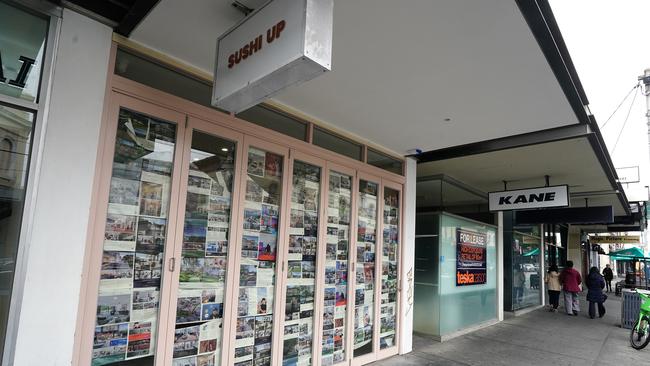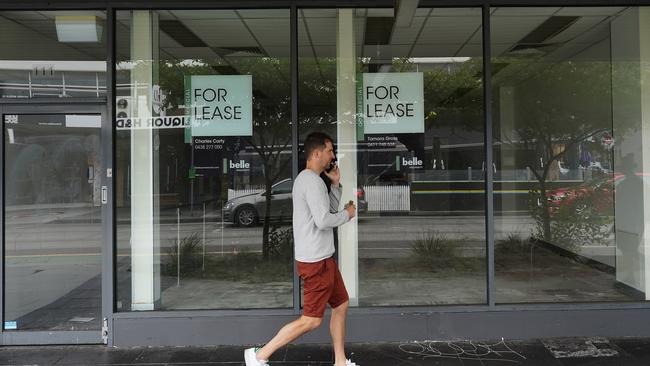Empty retail strips can help solve critical housing shortage, property expert says
A property expert has explained why so many shopfronts are empty despite being nestled in one of Australia’s most iconic shopping precincts.
A property expert has revealed why shopping strips are emptying out and how it poses a great opportunity for solving the housing crisis.
One in five shops on Melbourne’s iconic Chapel St are completely barren, with for lease signs plastered across front windows.
Plan 1 property consultant Richard Jenkins said the empty street was partially driven by the landlords’ inability to fill vacancies efficiently.
He said many landlords were choosing to leave their properties on the market rather than accept a lower than advertised rent.

“Certainly one element, is that if you reduce your rent it impacts the value of that property,” he told 3AW radio station on Monday.
He said many landlords would rather reap the financial blow of going without any rent than drop the rent and risk lowering the value of their investment.
Real Estate Institute Victoria senior Vice President Megan Mander agreed it was a common tactic used by some commercial investors to retain the value of a building.
“In lieu of a rental reduction, we are seeing a trend of significant incentives to secure a tenant to a premises,” she said.
This can include a rent free and or a rental abatement, and contribution to fit out works instead of lowering the actual asking rental price.
Estate agents will often provide advice to their investors on the potential financial impact of losing a tenant due to not lowering rents to meet the market, and the challenges that come securing a new tenant.
She said they might advise investors to weigh this up against the opportunity to reduce the rental for a sitting tenant and negotiate a new lease with an extended tenure.

When 3AW hosts Ross and Russell asked if these commercial properties could be transformed into residential rentals, Mr Jenkins agreed it was “certainly something we should look at”.
“We have a chronic shortage of housing in Melbourne but also across Australia and incorporating some residential into these strips that adds vibrancy, foot traffic and also helps the shortage of housing is something that we should explore,” he said.
But the problem is not isolated to Melbourne, with similar trends being reported across the country and the globe.
“This is not just a Melbourne issue, we’re seeing it interstate, regionally, metropolitan and globally,” Mr Jenkins said.
“The way that Covid has changed the way that we live, work and commute has impacted all property.
“What worked previously is not working today.”

Mr Jenkins said what seemed like a loss for landlords could become a major opportunity, with suburban retail strips getting more foot traffic thanks to the shift in workforce distribution away from central business districts.
“I actually think this is an opportunity for the strips,” he said.
“There is a dispersed workforce, so there is an element of people working outside CBDs now which should benefit [suburban] strips.”
He said research had shown the best performing retail strips were those that offered a high proportion of services such as doctors and hairdressers.
Originally published as Empty retail strips can help solve critical housing shortage, property expert says


